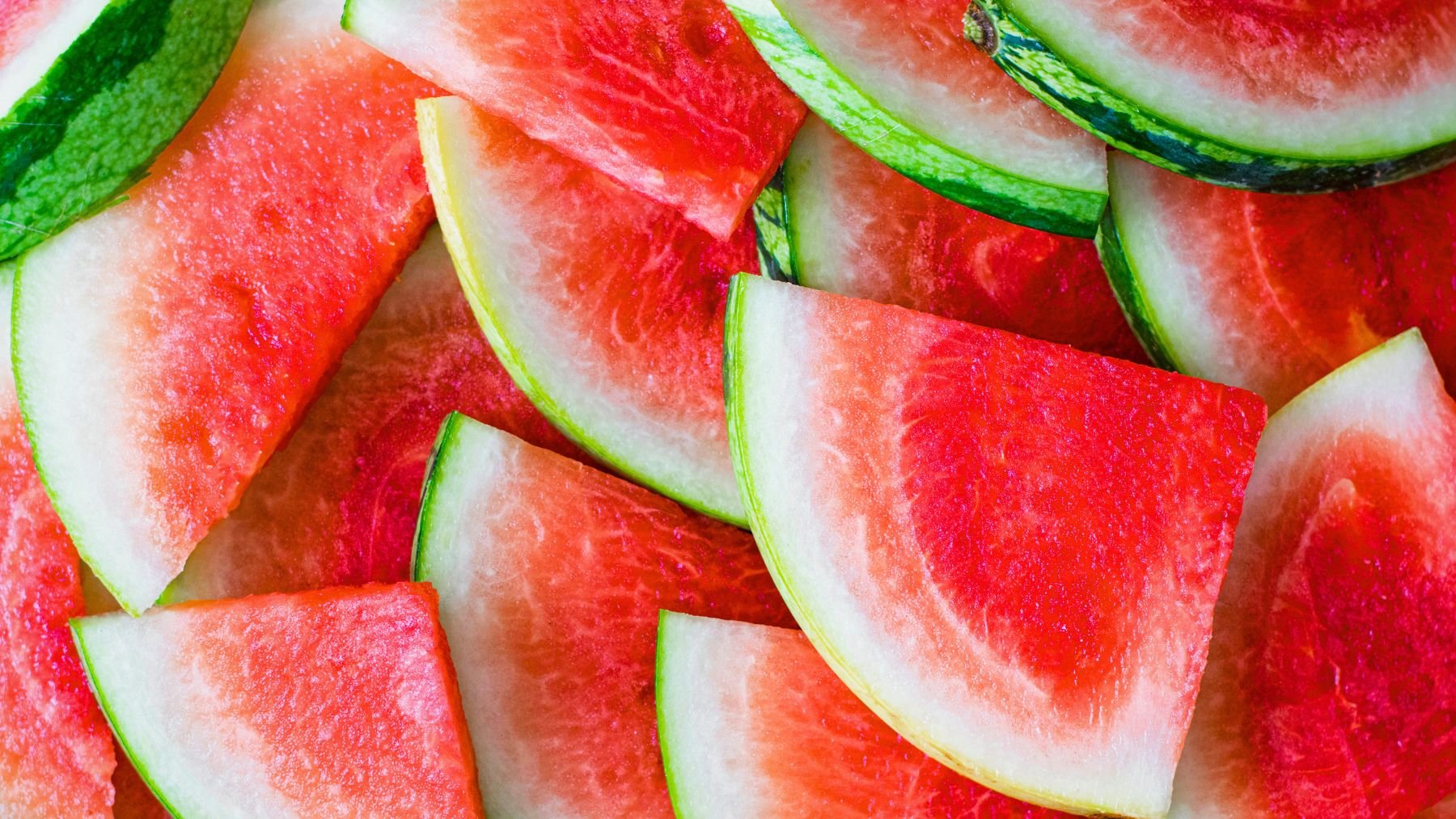We’ve all experienced the frustration of choosing a watermelon that appears impeccable at first glance—vibrant green, perfectly symmetrical, and free of bruises—only to discover a bland, uninspiring interior once sliced open. Although visual cues such as a deep green hue, smooth texture, and polished skin are important aspects, they don’t always guarantee that rich sweetness.
Here, we’ll explore how to master the art of selecting a perfectly ripe watermelon every time. We’ll explain a technique that requires you to measure the green stripes using two fingers, and offer other strategies. Let’s get to it.
The two-finger test for choosing a watermelon
Instead of relying only on the deep green rind of a watermelon, focus on the spacing between its stripes. As watermelons ripen, they develop broad, evenly spaced stripes that, according to some, you can check for ripeness.
Here is the technique: press two fingers together and gently align them along the fruit’s stripes. When the gaps measure approximately the width of your fingers (roughly 1.5 to 2 inches), the fruit is typically both sweet and fully ripe. Conversely, if the stripes are noticeably closer together, it suggests that the melon may have been picked before its sugars reached optimal levels.
However, the spacing between watermelon stripes only tells part of the story. To select a perfectly ripe fruit, combine this method with other trusted techniques. Below are more strategies you can employ during your picking process.
More ways to spot a great watermelon
Although the two-finger technique can be a good indicator, complementing it with other checks guarantees that you bring home the finest fruit.
- Tap for a deep, hollow sound. Firmly tap the watermelon with your knuckles. A ripe fruit will resonate with a deep, hollow tone that attests to its abundant, juicy interior. A dull or flat sound indicates that the flesh may be dry or overripe.
- Find the creamy-yellow field spot. Turn the melon over. A prominent creamy-yellow patch—the area where the fruit rested on the ground—signals slow, even ripening and the development of natural sugars. Be sure to avoid melons showing white or greenish spots, as these are strong indicators that the fruit is underripe.
- Choose round over oval. Round watermelons generally have a sweeter, denser texture, while elongated varieties tend to be milder and more watery. Although shape alone is not the definitive measure of ripeness, it serves as a useful clue when comparing two similar fruits.
- Check for heaviness. A ripe watermelon will feel surprisingly heavy relative to its size. When comparing some with similar dimensions, the one that feels heavier is likely to contain more water, and therefore more flavor.
No single method offers infallible results, but combining two or more techniques enhances your chances of selecting an exceptional watermelon. For instance, a round melon featuring broad, widely spaced stripes and resonating with a deep, satisfying thump is nearly guaranteed to provide a delicious taste.
Once you’ve perfected your selection, enjoy it fresh, blend it into cocktails, or even experiment with savory recipes. Such exquisite sweetness not only satisfies but can also inspire creativity in the kitchen.

